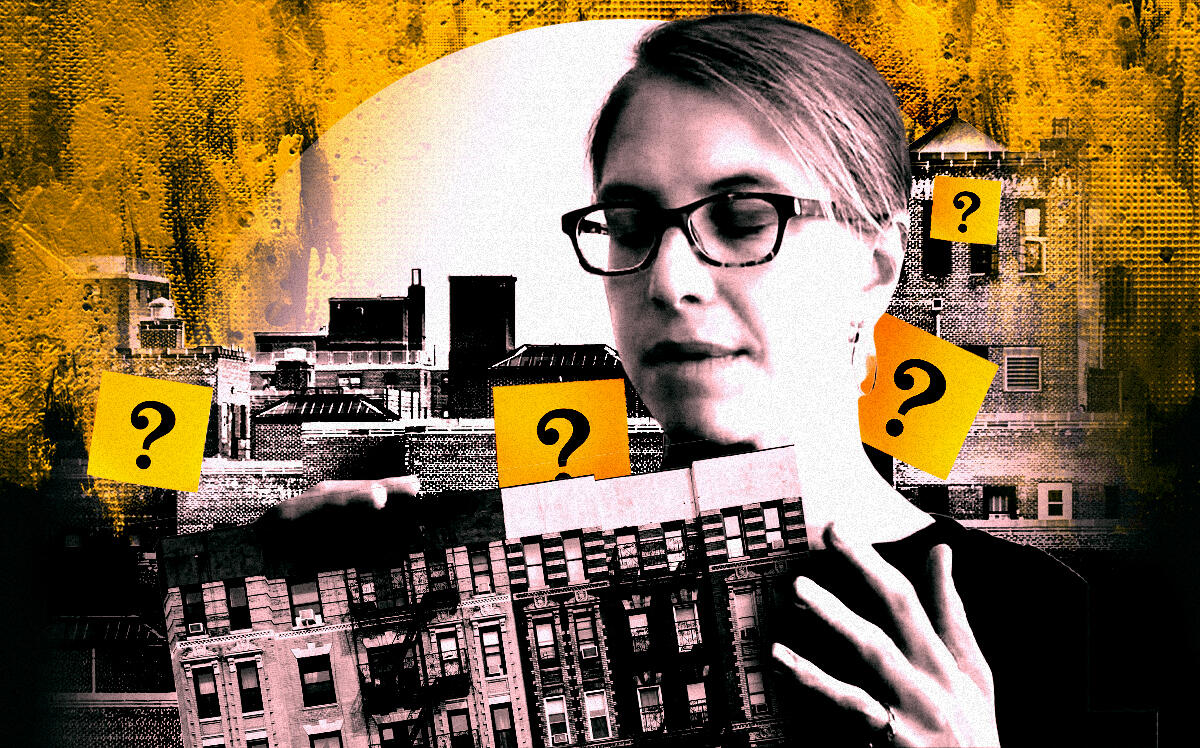 20,000 vacant units? Try triple that number
20,000 vacant units? Try triple that number
Trending
How did 116,000 rent-stabilized units vanish?
Deregulation severely limited by 2019 law, but may have happened anyway

There’s a mystery afoot in New York City’s rental market, where the count of rent-stabilized units fell by 12 percent without explanation.
There were 858,000 rent-regulated units registered with the state’s Division of Housing and Community Renewal as of November, down from 974,000 when the seminal Housing Stability and Tenant Protection Act was passed in 2019, The City reported.
The drop came despite the law being designed to prevent landlords from deregulating vacant apartments after rents reached $2,774 a month — a common occurrence previously.
“There’s no reasonable explanation for why that should be happening within the law,” Edward Josephson, an attorney with the Legal Aid Society, told the publication.
Read more
 20,000 vacant units? Try triple that number
20,000 vacant units? Try triple that number
 Lies, damn lies, and statistics: Did rent-stabilized vacancies really fall?
Lies, damn lies, and statistics: Did rent-stabilized vacancies really fall?
 Landlords look forward to losing rent-law ruling
Landlords look forward to losing rent-law ruling
In an effort to explain the drop, The City examined Witnick Real Estate Partners’ 750 Washington Avenue in Prospect Heights, Brooklyn. The apartment building had 16 rent-regulated units in 2019, but 10 in 2020 and only six in 2021.
Witnick declined to comment for the story. Across the landlord’s 36 Brooklyn and Manhattan buildings, 226 rent stabilized units — about 40% of its portfolio — have been deregulated since 2007, the publication noted.
That was far easier to do before June 2019, but legal ways to deregulate apartments remain. Units can return to market-rate when certain tax break programs such as 421a and J-51 expire. Landlords can also do major rehabilitation, but that process has only removed 593 units from regulation since 2019, according to the city’s Rent Guidelines Board.
A third method is to convert rent-stabilized buildings into condos and co-ops, but the 2019 law made that difficult by requiring 51 percent of existing tenants to agree, up from 15 percent previously. Another tactic is to combine regulated units — a process known as “Frankensteining” — to set a new first rent, although that does not remove a unit from regulation.
Taking all those possibilities into consideration, however, still leaves tens of thousands of units missing since 2019. One possibility is that landlords simply aren’t reporting rent-regulated units. The City noted that landlords can register rent-stabilized apartments years late. But that was also true before the 2019 law passed.
— Holden Walter-Warner




